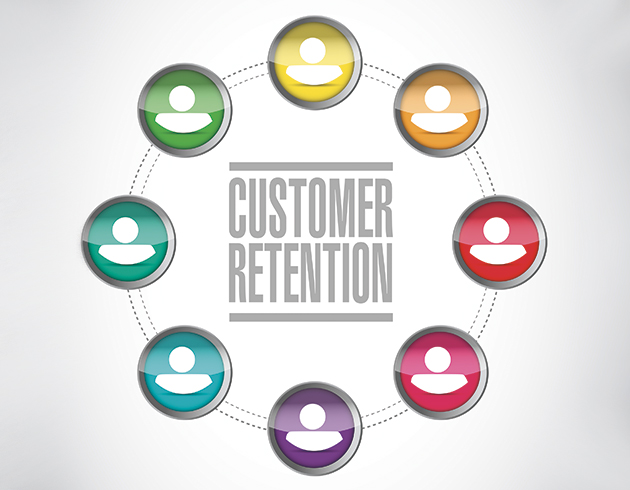“Relationship marketing” is another name for “Customer Retention program,” but still has the same purpose in that its focus is on marketing to current customers. These strategies redirect the energy and resources of the “one-time” sale and shift instead to building customer loyalty, which leads to a pipeline of repeat business and referrals.
The benefits should be obvious, but in case there’s any doubt: Loyal customers buy more and buy more often. They’re less price-sensitive, focus more on value and don’t tend to shop around. Plus, their word-of-mouth builds your image and brings in referral customers, reducing the cost of acquisition marketing.
Anything on that list you don’t want? Didn’t think so.
Good customer service is a key ingredient for relationship marketing. Seriously, why would anyone stick with you if they were treated poorly, if work was done shoddily, if promises weren’t kept or if problems weren’t resolved. That’s not exactly the foundation for a glowing online review or the more informal “you should give those guys a call” said to a neighbor or friend. To keep customers, be sure to beef up service with extra touches, respectful treatment and resolved issues.
It’s a good start, but don’t let it end there. Staying in contact is your next key ingredient. Let them hear from you after the sale (not just with a sales push), and you begin to express your loyalty to them. That includes thank you notes, follow-up calls and quarterly customer newsletters that provide helpful tips for the home.
When customer service is strong and contact is on schedule, loyalty programs have a good foundation for success. Otherwise, who would pay to join your loyalty program if they don’t think you can take care of their problems when they occur? Plus, what’s the value to customers of being loyal to a company they never hear from?

